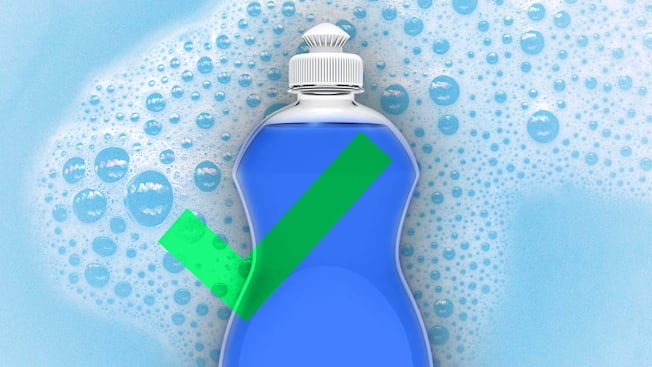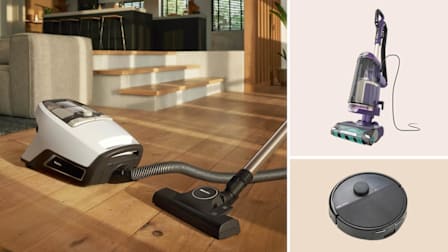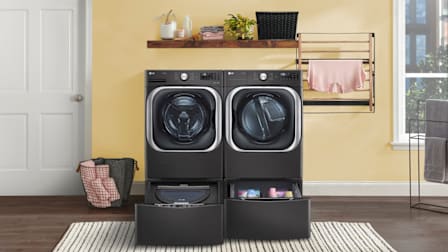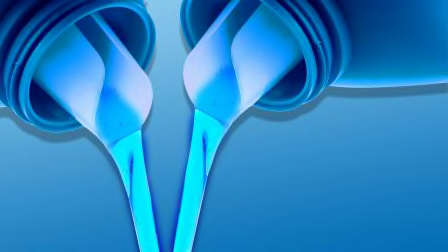6 Unexpected Ways to Use Dish Soap in Your Home
You can clean hair dye stains and fix squeaky door hinges

There are some projects that don’t require you to buy a special product to complete. Dish soap—which most of us keep at home—can be the solution to a vast number of problems, either as a first-line option or something to be used in a pinch. Read on for how you can get the most out of a bottle of dish soap.
CR's Guide to Spring Cleaning
Find the top-rated cleansers, tools, and appliances to make your home sparkle.
- Other Ways to Use Dish Soap: Clean Stained Skin Clean Makeup Brushes Kill Bugs on Plants Silence Door Hinges Unclog Drains Reduce Window Condensation
Dish Soap Can Remove Hair Dye From Your Skin
If you (or your kid) have a messy hair dye situation on your hands, dish soap could be the savior you’re looking for. According to L’Oreal Professional, combine a dime-sized amount of baking soda with dish soap so that you form a paste. Rub that into your stained hands, then rinse with warm or hot water. Goodbye, rogue blue stain!
Dish Soap Is a Great Makeup Brush Cleaner
You don’t necessarily need special brush cleaner for your makeup brushes; dish soap can do the trick. Just add one part olive oil and two parts dish soap in a small bowl and use that instead of a store-bought brush cleaner.
Dish Soap Can Be a Gentle Insecticide
Got a mild aphid problem? Whip out the dish soap.
Dish Soap Can Silence a Squeaky Door
If you have a door that’s waking up the family each time it’s opened, consider brushing a bit of dish soap on the hinge. According to HardwareSource, the hinge division of the specialty hardware retailer San Diego Hardware, you can apply a little dish soap to clean hinge pins that you’ve already removed from the door.
Dish Soap Can Unclog a Drain
Every plumber I’ve ever worked with has been anti-Drano, but sometimes you really need to get in there and you may not have a drain snake handy. Enter dish soap. “When poured down the drain, the soap helps break down grease, oil, and food debris that cause blockages,” Brown says. “For minor clogs, simply pour a generous amount of dish soap into the drain, followed by hot water. Let it sit for a few minutes, then flush with more hot water to clear the blockage.”
Dish Soap Can Reduce Condensation on Windows
If you’re planning a week of cooking pasta—or you like to take long showers—window condensation could turn your home into a steamy greenhouse. Once again, dish soap is your soldier. “Condensation on windows can lead to mold growth, dampness, and general discomfort in your home,” Brown says. “One effective but unusual remedy is using dish soap. By mixing a small amount of dish soap with warm water, you can wipe your windows to create a thin, protective layer. This thin layer allows moisture to spread more evenly by breaking down the surface tension instead of clumping to beads, making the water easier to evaporate.” This is a temporary fix, though, and if condensation is a chronic issue, you may want to track your home’s humidity levels and, if necessary, improve its insulation.




















